Red bellied piranha - Pygocentrus nattereri
Scientific name: Pygocentrus nattereri
Common name: Red bellied piranha
Family: Serrasalmidae
Usual size in fish tanks: 20 - 30 cm (7.87 - 11.81 inch)
014
Recommended pH range for the species: 6 - 7.5
Recommended water hardness (dGH): 4 - 18°N (71.43 - 321.43ppm)
0°C 32°F30°C 86°F
Recommended temperature: 24 - 29 °C (75.2 - 84.2°F)
The way how these fish reproduce: Spawning
Where the species comes from: South America
Temperament to its own species: aggressive/territorial
Temperament toward other fish species: aggressive/territorial
Usual place in the tank: Middle levels
Food
The Red Bellied Piranha is a carnivorous fish. It will prey on insects, worms and other fish. At times these fish will even eat large animals.
Sexing
There are no obvious differences to distinguish between the males and the females.
Breeding
The female will lay her eggs in a pit dug out by the male. He will then proceed to fertilize the eggs. The female will lay between 4000 and 6000 eggs. Both of the parents are responsible for guarding the eggs.
Origin
This species of Piranha comes from the Amazon River in South American countries such as Brazil, Ecuador, Peru, and Venezuela among others.
Description
The Red Bellied Piranha is one of the most aggressive freshwater fish in the world. A school of Piranhas will work together to take down a larger unsuspecting animal as their meal.
Pictures
Special thanks to Richard Smith for pictures! Another ones were bought from jjphoto.dk.
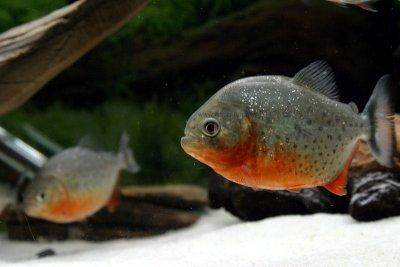


















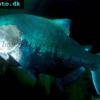 Black
Black 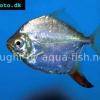 Redhook
Redhook 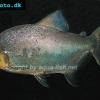 Red
Red 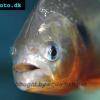 Orinoco
Orinoco 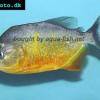 San
San 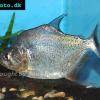 Pinche
Pinche